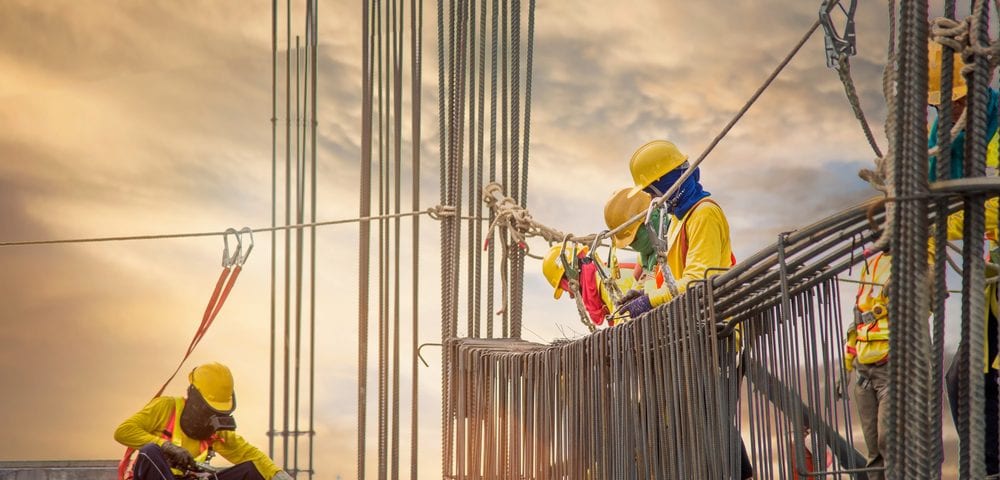In Japan, earthquakes are a normal part of everyday life. Sitting in the Pacific Ring of Fire, the island nation is inundated with frequent tremors — at least one every five minutes, but only about 2,000 per year can be felt by the population.
One of the strongest and most destructive earthquakes in the world happened in Japan. In 2011, a 9.1 earthquake jolted the bottom of the North Pacific Ocean, 130 kilometers (80.78 miles) east of the Tohoku region on the island of Honshu. It sent a massive tsunami that produced waves up to 40 meters (131.23 feet) high. More than 15,500 people have died because of the catastrophe.
Because of the frequency of earthquakes in Japan, the nation adapted by building infrastructures that can withstand ground shaking. Thousands of buildings in the entire nation have been fitted with shock-absorbing devices that promise to minimize the impact and the resulting damage of a quake. Other nations prone to similar disasters have also used the strategy.
The Big One
Although the United States does not experience large and devastating earthquakes as often, for years, experts have been warning about the arrival of “The Big One.” The disaster, which will rock Southern California, will have at least a 7.8 magnitude. It is expected to be 44 times stronger than the Northridge earthquake of 1994 which killed 72 people and injured others.
No one knows when it will happen, but it will happen. So, why is the public not doing anything they can to prepare for it?
Americans should begin preparation for “The Big One” and all future earthquakes that may strike the nation in the future. They can begin by constructing houses that can withstand strong shaking.
Build with Steel
The new high-rises in the U.S. rely on reinforced concrete cores. The concrete is strong and sturdy, but it is not very malleable. When the ground below starts moving, it will crack. Even if it remains standing after a strong shaking, whether it will be safe to use after is another question.
Japan, on the other hand, always uses steel to construct tall buildings.
If you buy the common building material from a steel supplier, you will find that it is not as expensive as you think. It costs a little more than wood, but it offers numerous benefits.
Steel can be used to secure the foundation of the house. Taller structures can utilize a technique called base isolation in which the building is floating above the foundation so that, during an earthquake, it can move as one. There are various ways base isolation can be done but, usually, engineers use lead-rubber bearings that have a led core wrapped in rubber and steel.
The material can also be used in the house’s frame. As a frame, steel is more versatile. Unlike wood, it is also fire- and water-resistant. It also would not rot nor invite the presence of termites. Moreover, it will hold out against earthquakes.
Reconsider the Roof
The roof can also factor into the size of damage that your house will sustain after an earthquake. When the ground starts moving, a lighter material like aluminum or asphalt will put less strain on the walls and the entire house’s support system. It is less likely to collapse than if the roof is made of heavy brick or terracotta, both of which are quite heavy.
Better Protection from Shattered Glass
The glass of your windows can shatter because of the force of an earthquake. It can be a problem when you are in the process of evacuation after the shaking of the ground has subsided. Shattered glass is a safety risk, but it can be made stronger and sturdier for a couple of dollars.
There are safety films that every household should buy. It will make the glass almost unbreakable, even during a major earthquake.
For added protection, homeowners are being encouraged to replace large windows with laminated or tempered glass. Although a little costly, it is nothing compared to the security it can provide your home.
Designing a house that can survive a major earthquake will be expensive. However, the expense will be worth it if “The Big One” hits the U.S. It will topple homes and buildings that are not ready for it.
Likely, homeowners and the national government will spend billions of dollars repairing structures. It may take years for towns and cities to rebuild after “The Big One.” Moreover, the cost should not be an issue if all your effort can save lives in the future.




